Once upon a time…
From the stool of his Steinway & Sons’ piano, Fabrizio Cavalca, the designer and founder of Steinway & Sons Luxury Swiss Watches, recounts his career as a musician and a designer like a fairy tale. A student of the piano from the tender age of six, Cavalca attended The Lyon Conservatory of Music in France until his early twenties when he decided to change direction and study design in Milan. He con-tinued to play (at least two hours per day) and design, until he was inspired to design a watch for Steinway & Sons, the world’s most renowned piano manufacturer.
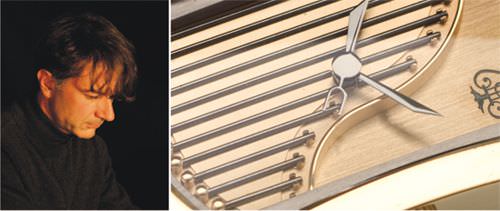
Fabrizio Cavalca
Cavalca contacted the head office in New York and was thrilled, albeit a little surprised, to be invited to present his project. “It was the worst day of my life,” he explains, “I wasn’t ready, I only had a few drawings with me. First I was given a tour of the workshop where the pianos are made, before being taken into what is called the Selection Room that housed at least ten concert hall pianos. It was here that they asked me to play for them. It was absolutely petrifying.” However Cavalca is an extremely talented pianist and designer, and both Frank Mazurco and Leo Spellman, Steinway & Sons’ Vice President and Communications Director, were duly impressed and didn’t only applaud, but they also agreed to the watch project.
Seducing the distributors
It wasn’t only the directors of Steinway & Sons that were impressed. During the official launch in Basel this year, distributors and retailers flocked to see the brand and offer their services in territories that include the United States, Germany, Austria, Portugal, United Kingdom, Singapore, Thailand, Indonesia, Hong Kong, Japan, South Africa and the Middle East.
So what is the appeal? At first view, the Steinway & Sons’ watches are a rather unusual collection of interestingly shaped timepieces. They are not immediately understood. But anyone who has an affinity for music will immediately recognise the details in the design – the grand piano soundboard on the dial, the twelve strings, the tuning fork hands, the lugs shaped like grand pianos.
I am not a connoisseur of classical musical, but when Cavalca placed his timepiece inside his piano and began to play, I started to understand and appreciate the philosophy behind this very special brand. It is a strange phenomenon. Cavalca explains it as being able to “hear what you see and see what you hear”. While looking at the watch and listening to Rachmaninoff’s prelude in G-sharp Minor, Opus 33, No. 12, the grace and elegance of the watch started to radiate from inside the piano. The colour of the Steinway piano’s gold soundboard and ebony wood seemed to enter the watch along with the music.
That’s all very well, you might say, but it’s not possible to hold the same performance for potential clients in the store! Well actually, for retailers who live in the same city as a Steinway & Sons’ dealer, it is. Cavalca is constantly planning events where piano lovers and watch lovers alike can come and view the watches and listen to piano recitals. This usually takes place in the Steinway & Sons piano store, for logistical reasons, but could also take place in a watch boutique in some cities. Steinway & Sons has an address book of over 80,000 piano owners so there are quite a few potential clients out there.
The majority of Steinway & Sons’ initial customers have been avid music lovers or Steinway owners who understand the concept of the watch instantly. Even famous musicians like U2’s pianist David Evans have fallen head over heals in love with the watch. Others are slightly older people who regret having not continued their piano lessons; they may not have a Steinway & Sons piano in their sitting room, but they can have the watch on their wrist. However, as the brand becomes better known, a number of watch collectors have also been seduced by the exceptional craftsmanship of the watch. So let’s take a look at the collections that range in price between 7,000 and 12,000 Euros.
The collections - starting with M
All the collections start with a letter, or more poetically, a musical note. The M Collection is an automatic timepiece equipped with a Calibre S-1853 movement with matching black gold winding rotor and bridge. The case comes in 18 carat yellow or white gold and the dial is created in the shape of a grand piano soundboard with 12 hand-fitted strings and a second hand that is handcrafted in the form of a tuning fork. The beautiful Steinway lyre is placed at 1 o’clock, neatly balancing the dial.
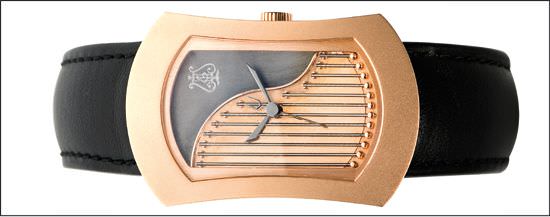
THE M COLLECTION
The D Collection
The D model is a quartz timepiece for ladies that is available in either 18 carat rose gold or yellow gold. The soundboard of the D Collection is dec-orated with 140 hand set and internally flawless diamonds in D, E or F colours. Like with the M Collection, the hands are of particular interest as they are specially developed for the brand.
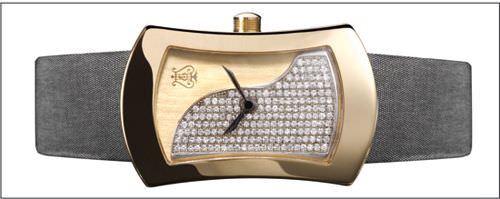
THE D COLLECTION
The C Seconde MÉtronomique Collection
A world première, the C Seconde Métronomique Collection, with its C60 calibre and black grand feu enamel dial, is unique in that it features a precise one-second metronome on the dial. As all music lovers know, the metronome is a pendulum that swings backwards and forwards creating a beat to which music should be played. This orig-inal feature is the perfect complication for a watch collection by Steinway & Sons. However a traditional one-second retrograde would have required too much amplitude in a wristwatch so another solution had to be found. It was Jean-Marc Wiederrecht, the winner of the award for best watchmaker in the 2007 Grand Prix d’Horlogerie de Genève, who came up with the creative idea of using two second hands, one that comes from the left and the other from the right, creating an optical illusion of a ticking metronome – it is ingenious. The collection is being produced in a limited series of 300 pieces.
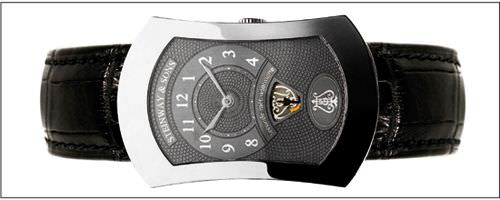
THE C SECOND METRONOME
On a more classical note
A new project is in the pipeline to create a unique piece for the Beethoven Haus in Bonn, Germany. The timepiece will retail for Euro 60,000, Euro 50,000 of which will go to continuing the work of this important museum. This more classically designed timepiece will come in a 42 mm round, white gold case with an engraved silver dial that is coated with enamel and depicts the notes of Beethoven’s Diabelli Variations. The movement is also of special interest as it is a refurbished calibre from the 19th century. The future owner of this limited edition timepiece will not only receive a behind the scenes, exclusive tour of the Beethoven Foundation but will also be given a private recital in the auditorium.
This remarkable timepiece will be the basis for a further collection that will be slightly different but follow the same theme. There will also be the possibility of creating other variations based on other composers.
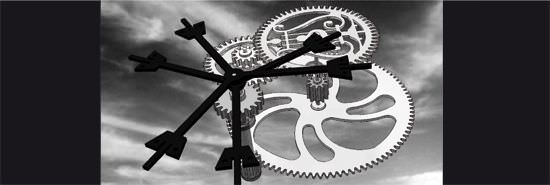
The metronome mechanism
The superb craftsmanship of the collections, the originality of design, the magic of Steinway & Sons pianos combine to make this a brand unlike no other, both in terms of the concept and the design. So whether you are a musical lover or not, Steinway & Sons Luxury Swiss Watches are definitely worth going to listen to.
Source: Europa Star August-September 2009 Magazine Issue





